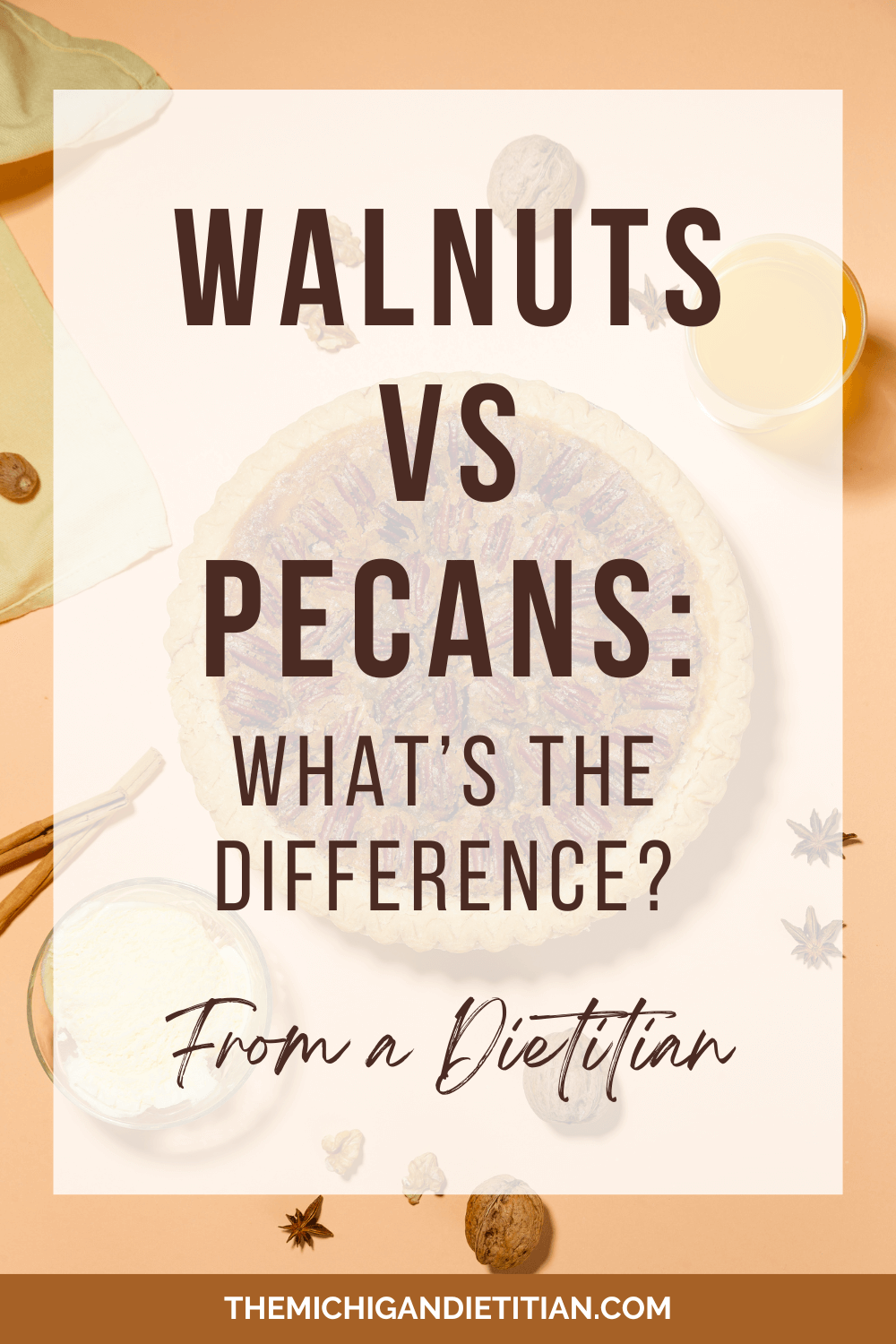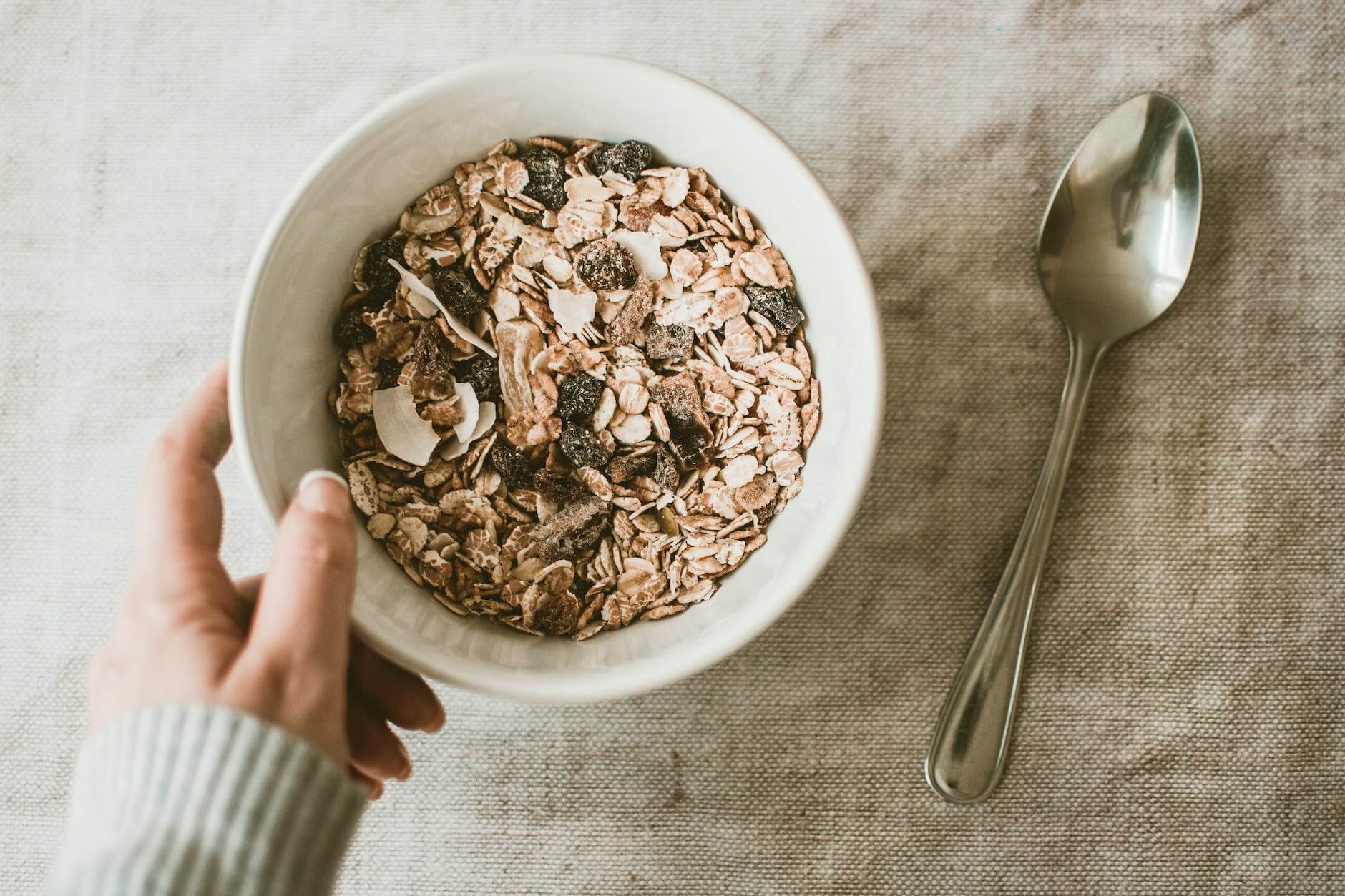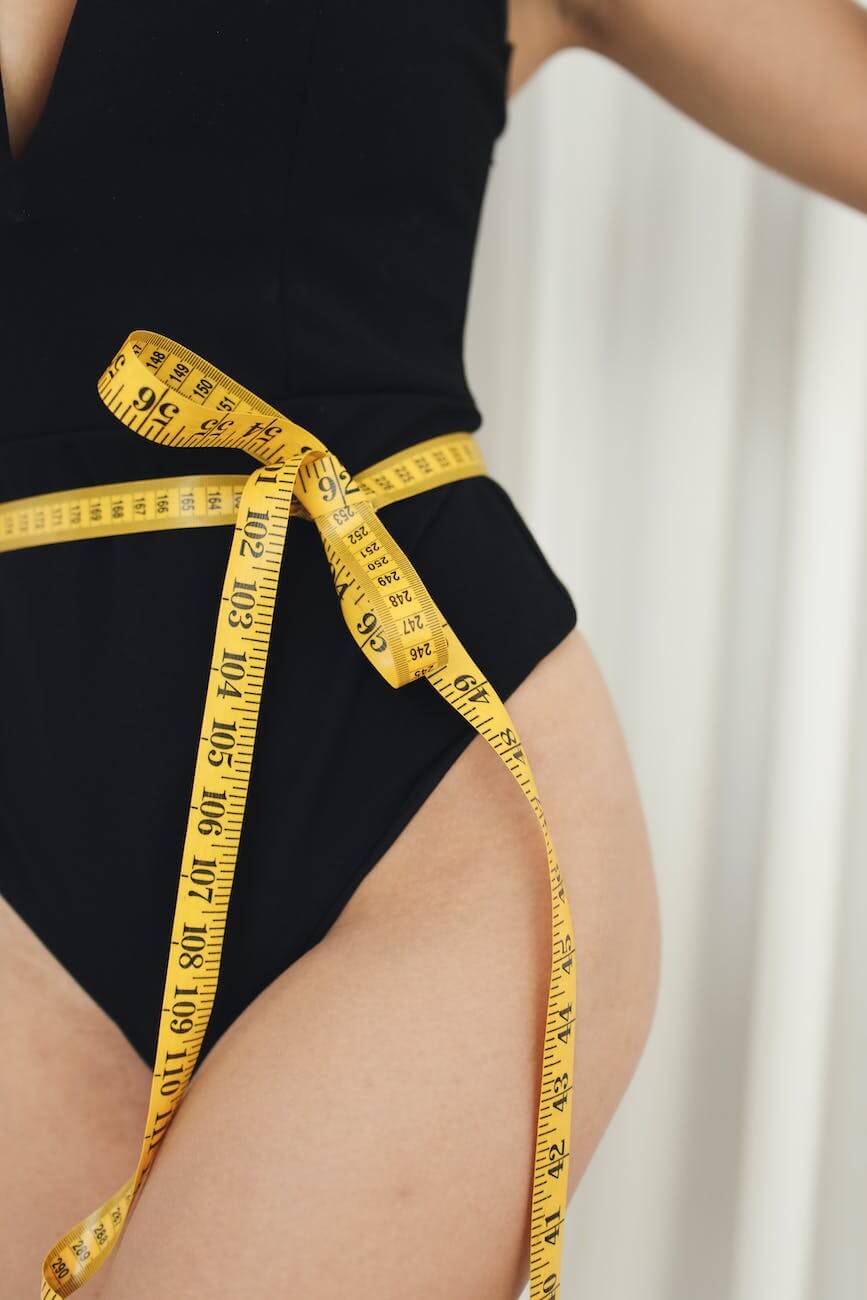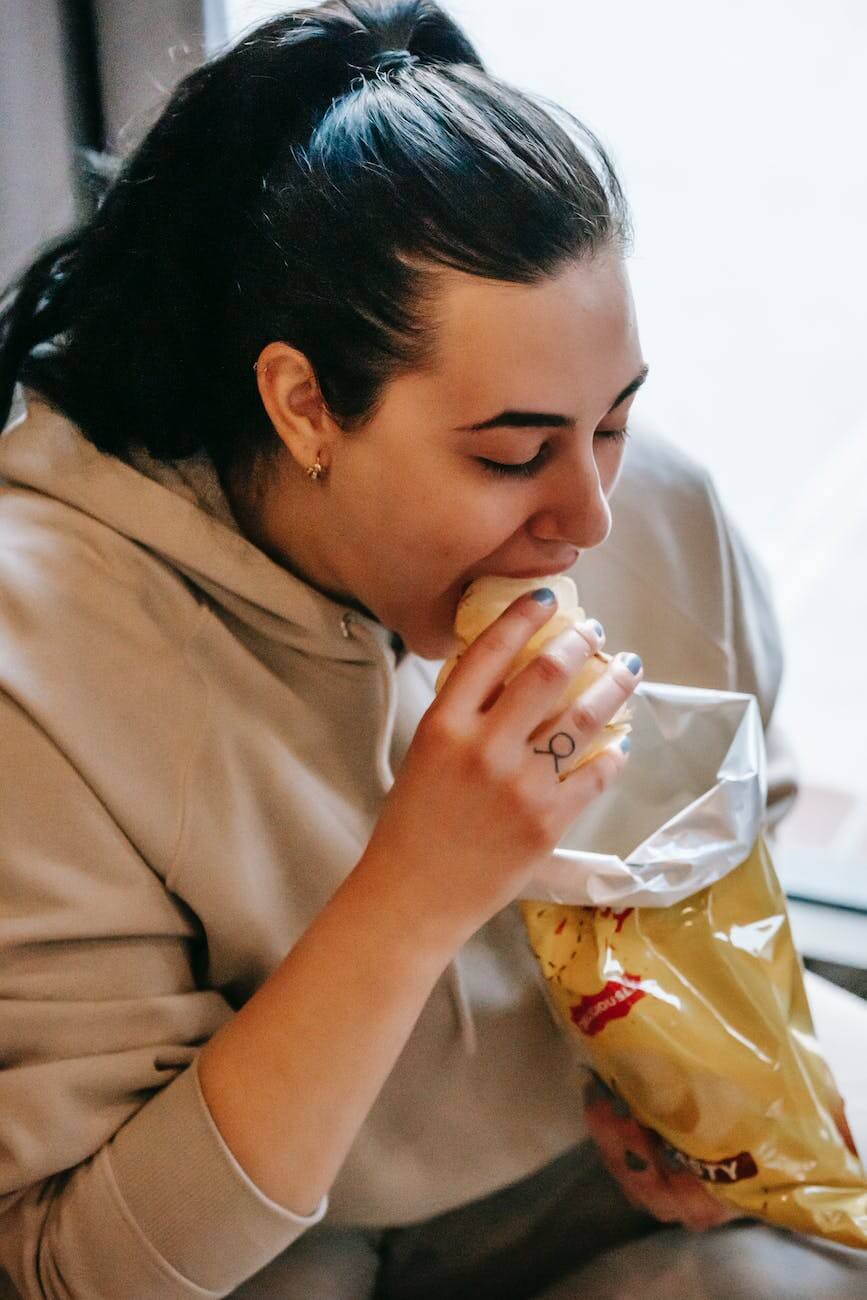A low-sodium diet can aid heart, kidney, and overall health. This new way of eating can be daunting at first but I have the tools to make this transition doable for you. This is your one-stop shop to reduce sodium!
What Is Sodium?
Sodium is a mineral. It’s sometimes used synonymously with salt but really, salt is only half sodium.
Sodium is something you need to keep your heart going, fluids balanced, and muscles moving. Sodium is found in many foods you eat so there’s no need to add additional salt simply for the point of nutrition.

What’s Normal?
It’s pretty well known that Americans have quite a bit of sodium in their diet. Knowing what you should be at depends on a few factors. One of the main concerns is if you have a disease or issue that means you need to be on a low sodium diet.
A general recommendation is to have no more than 1,500-2,000 milligrams (mg) of sodium a day. For reference, single teaspoon of salt contains about 2,300mg of sodium.
That means you should aim for less than a teaspoon of salt every day. The thing is most foods you eat contain sodium so you need to vigilant in checking Nutrition Facts labels on food packages to see where you stand throughout the day.
In general, plant-based foods will have less amounts of sodium than animal products, but it can still be pretty unexpected in some foods so be on the lookout!
While learning which foods contain more sodium than others you may be concerned about protein now. Read Surprising Sources of Protein to help you along this journey.

Some packaging will have statements like ‘very low sodium’ and ‘sodium-free’. This is nice to quickly see but it’s even better to know what that means!
Sodium-Free is 5mg or less of sodium
Very low sodium is 35mg or less
Low sodium is 140mg or less
Major Health Effects of Not Reducing Sodium

Hypertension and high blood pressure have nearly become commonplace. And guess what? A low-sodium diet can help with both!
Other reasons to avoid sodium are for those with chronic kidney disease. Too much sodium doesn’t just harm your heart it can cause damage to the kidney’s too.
Let’s not forget all the research showing a high-sodium’s effect on heart disease and all-cause mortality…
Cooking Tips to Make Low-Sodium Foods
Salt not only is a staple seasoning with a taste most of us enjoy, it also has the ability to increase the intensity of flavors it’s paired with. That’s why we add salt to much of our cooking.
- To start, hide your salt shaker. It’s so easy to go overboard when trying to just add a shake of salt. Also, sometimes it’s just a habit to salt your food. Have you ever caught yourself adding salt to your meal before you even taste it?
- Restaurants have a goal of making food that tastes great so they load it up with salt. An easy way to avoid this excessive sodium is to cook at home.
- Do not consume Gatorade. There’s about 250mg of sodium per bottle.
- Go through your spice cabinet. There’s probably a few that have more sodium in them than you would have thought. Reach for herbs, lemon juice, or olive oil instead to add flavor to your meals.

Ordering Low-Sodium Meals At a Restaurant
Know that even if you take every precaution possible when reducing sodium in your meal at a restaurant the bottom line is that you will never really know how much is in the meal. There could be a cook that thinks a low-sodium meal is bland so they add a pinch of salt or maybe there’s a mix up with the food they put on your plate.
No matter what, do your best to order a meal that is good for your needs but still something you will enjoy!

- If you know where you are going before hand look at the menu online. While in the comfort of your own home you can put together some options for yourself so you don’t have to stress too much while at the restaurant.
- It doesn’t hurt to ask the waiter if they have a seperate low-sodium menu. It depends on where you are eating but this is starting to be available! There may also be a small section on the regular menu for low-sodium options.
- While first getting to the restaurant inform your server that you follow a low-sodium diet for health reasons. Letting them know this upfront allows your upcoming inqueriers while ordering to seem less annoying for them.
- Check the bottom of the menu for any markings. The restaurant may have added a heart or another symbol next to low-sodium foods.
- Order foods that are grilled, baked, steamed, broiled, or poached.
- As with at home, skinless is preferred.
- Avoid meals that come with a sauce. There’s likely a heavy heaping of sodium in it.
- Addicted to the bread basket? Take a piece but ask the waiter if they can bring you some unsalted butter.
- If you get the option of a soup or salad with your meal select the salad. If you can, get it with the olives, cheese, and dressing on the side.

Low Sodium Foods
Sodium can be found in so many foods. If you are just transitioning to a diet lower in sodium you’ll be overwhelmed at first. That’s okay. Take your time to read nutrition labels and soon you’ll have a hang for what you go-to foods will be.
- Mrs. Dash seasoning, fresh herbs, pepper
- Eggs, egg substitute,
- Parmesan cheese, ricotta cheese, and cream cheese
- Rice, pasta, unsalted crackers
- Fresh and frozen fruits and veggies
- Homemade soups and desserts made without salt

High Sodium Foods
If your goal is to lower your sodium levels then these are some foods you may want to avoid or just have on occasion!
- Bacon, ham, pork, and spam
- Salted nuts, crackers, and pretzels
- Frozen meals, canned soups, and packaged snacks
- Cottage cheese, cheese spreads, and feta cheese
- Olives, pickles, and marinades
- Salted butter, soy sauce, many gravy’s, broth’s, and BBQ sauce
If you need some help getting started check out these low-sodium meals plans from EatingWell, organized by caloric amounts!
As always, refer to your primary healthcare provider or Registered Dietitian before making diet changes.





Leave a Reply